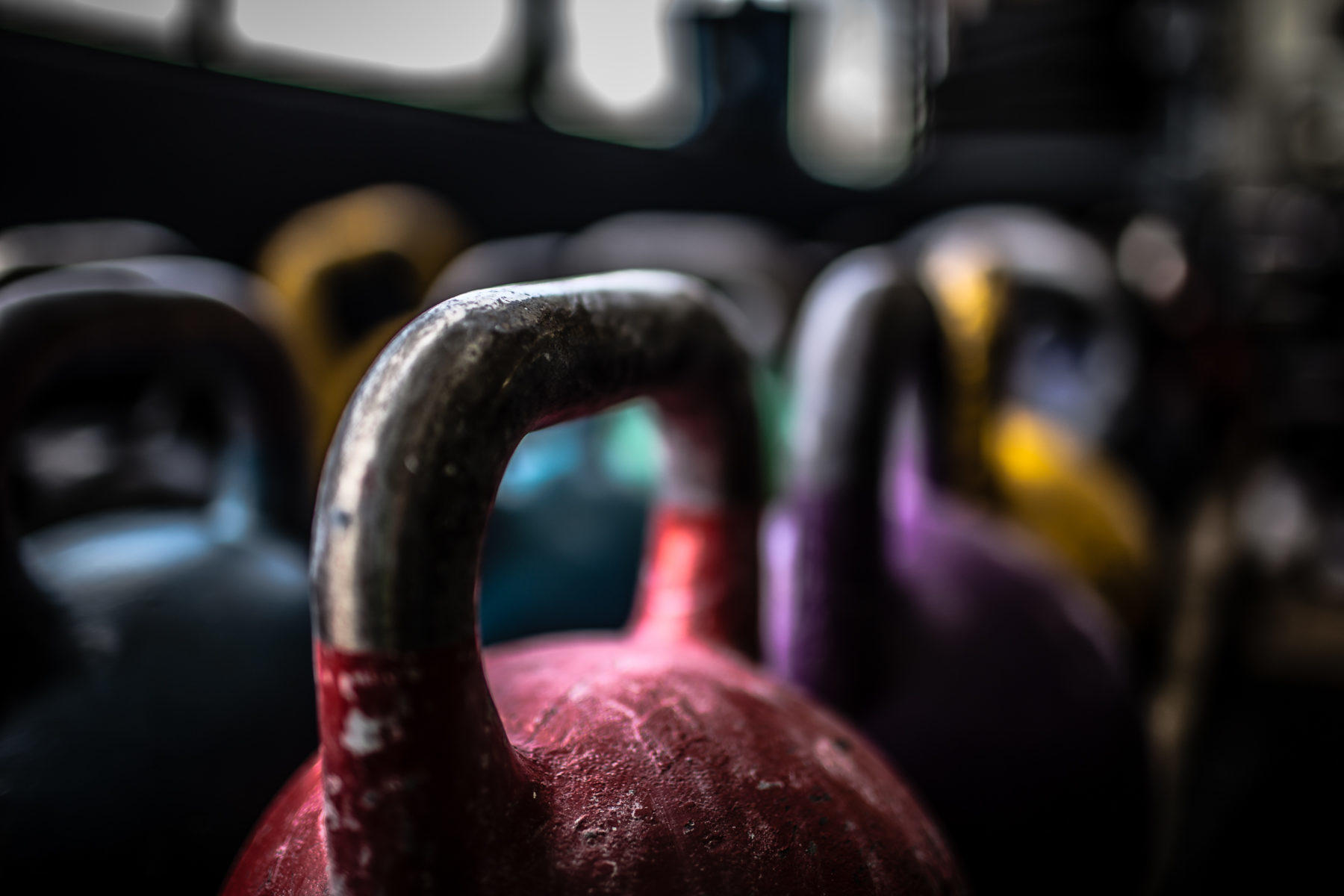Michael Conroy, USA Weightlifting International Coach
The category of Sports Performance has been around for more than 20 years, yet it has gone through several evolutions.
At the onset training athletes was based upon PPF (Physical Performance Factors)
What are the specific demands of a sport or activity? (These are the PPF’s)
How are the PPF’s assessed?
How is a program designed so the PPF is met?
Are checks and balances included so that the training can be adjusted so the athlete experiences continuous improvement?
At Crown Performance we would like our athletes to understand our approach so that they can ‘see’ how we implement PPF’s so that they attain their goals.
The goals of any training program.
The expected outcome of a Training Program should be as follows;
- Improve Performance
- Increase Work Capacity
- Refine Technique
- Reduce, and even eliminate, injury
How is this accomplished?
The first step is philosophical. Training athletes is, actually, a variation of the The Hippocratic Oath. This is an oath of ethics historically taken by physicians. It is one of the most widely known of Greek medical texts. In its original form, it requires a new physician to swear, by a number of healing gods, to uphold specific ethical standards, by stating the following; “First. Do No Harm.”
In the 21st century this means that the coaches take a position of what, in education, is called DDDM. Data Driven Decision Making.
What does the “science” say about a particular training approach and is this approach applicable to the specific athlete?
More importantly how does the coach differentiate individual training in a group setting?
The idea of One Size Fits All is no longer acceptable. Coaches must have a myriad of approaches so that EACH athlete understands that they are both known and supported in their quest to achieve.
Crown uses the 3 legged stool approach. There is the Athlete, The Coach and The Program. It’s called the 3 legged stool because 3 legged stools NEVER wobble. They are always firm to the Ground.
Crown uses DDDM in dealing with our athletes.
Areas of Training
Strength
Flexibility
Agility
Anaerobic Threshold
Aerobic Capacity
Skill Sets of the chosen sport
Most Certainly Crown Performance and The USA Weightlifting Community Development Site that is embedded use the American Developmental Model (ADM) that is promoted by the United States Olympic Committee when it comes to training Youth Athletes ( ages U-11 to age 20 ) USAW is a proud partner of the ADM
More information on the ADM can be found at this link
https://www.teamusa.org/About-the-USOPC/Programs/Coaching-Education/American-Development-Model
The athletes at Crown Performance are actively engaged in every step of their training. Assessments are a continuous and ingrained part of the training.
Programs are based upon the Whole/Part/Whole Progressions and Periodization.
Nothing is left to chance, luck or emotion. Science and Technique drive the training.
Want to set up a meeting? Contact us at Crown Performance.

